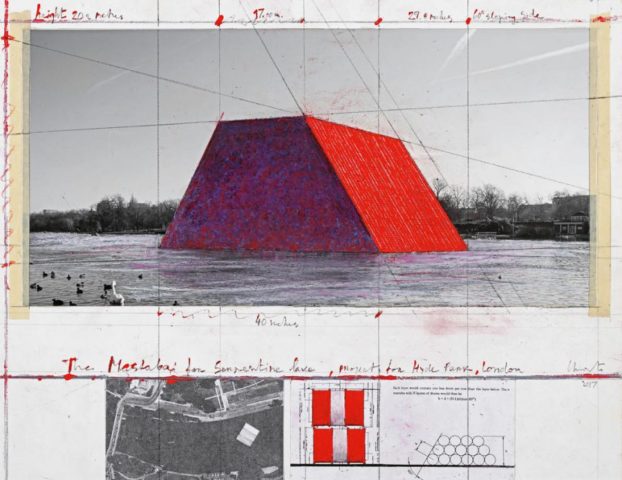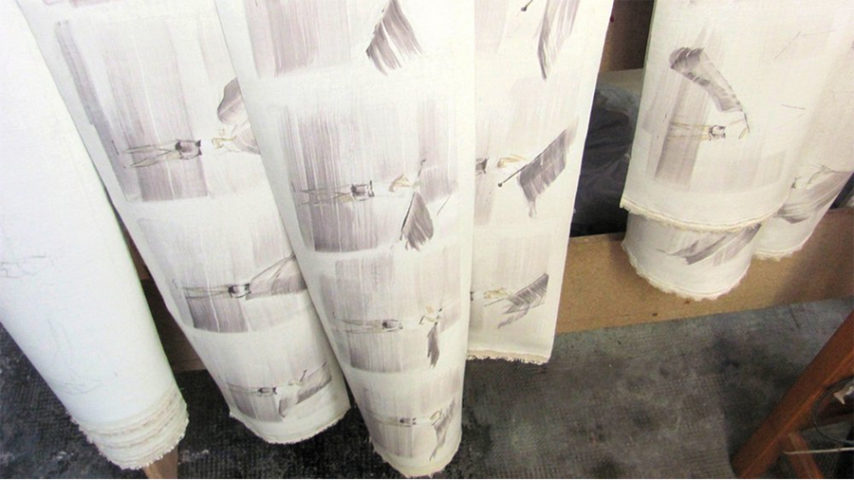Portico Quartet Ensemble with Hannah Collins.
Terrain: The Earth Beneath My Feet.
Barbican Centre, London.
29 Sep 2022, 8pm.
Hannah Collins is collaborating with London-based instrumental group Portico Quartet on an audio-visual work which will be performed at the Barbican Centre.
“Mercury Prize nominated Portico Quartet and Turner Prize nominated artist Hannah Collins present the world premiere performance of their new audio-visual work ‘Terrain: The Earth Beneath My Feet’.
In this profound, collaborative audio-visual performance of ‘Terrain: The Earth Beneath My Feet’, Hannah Collins’ sensitive, mesmerizing images of Las Campanas Observatory in the Atacama Desert in Chile, find a gently resonant dialogue with Portico Quartet’s 2021 album ‘Terrain’, a body of work that represents one of the most complex and beautiful pieces the band have composed, shifting through different musical worlds with an insistent pulse and horizontal movement.”



